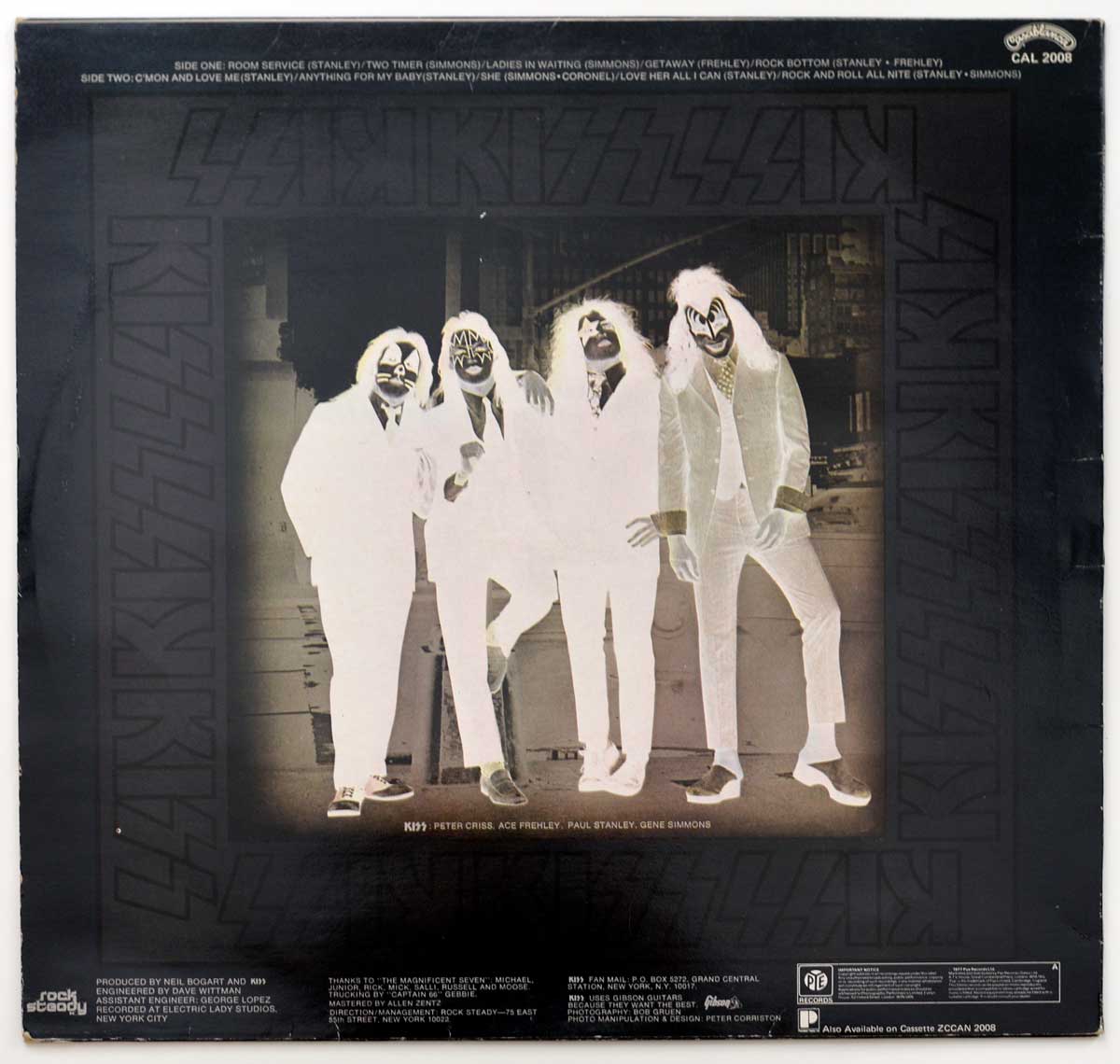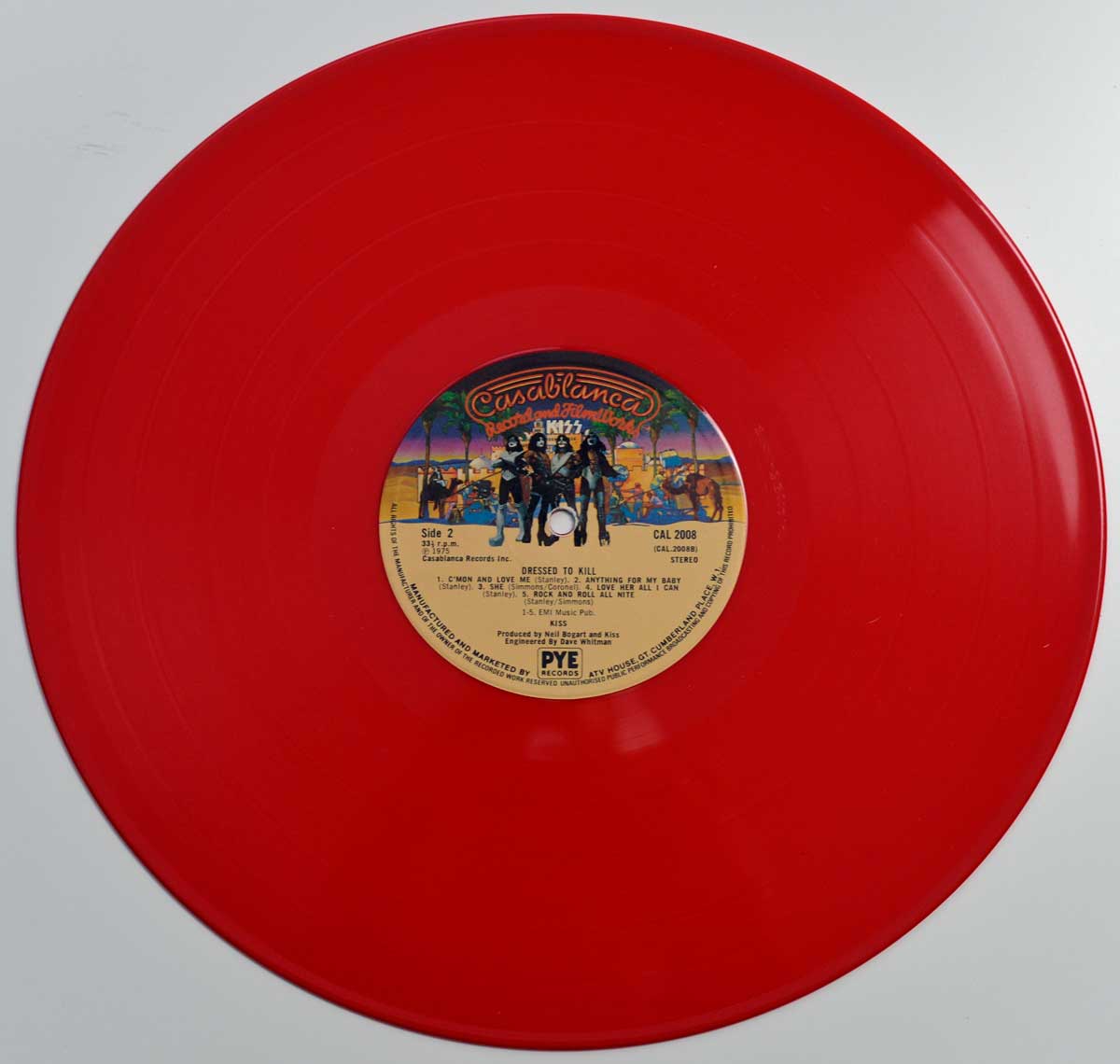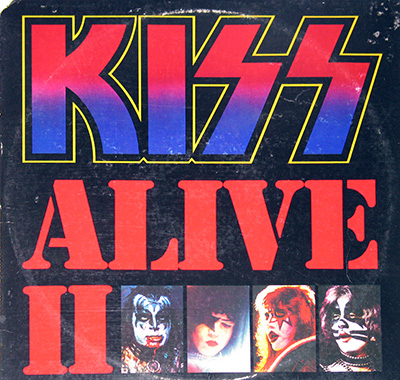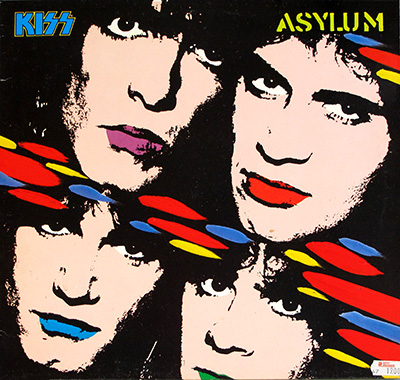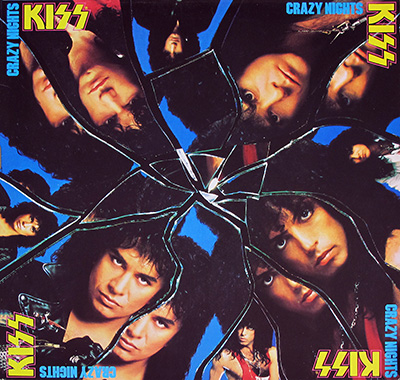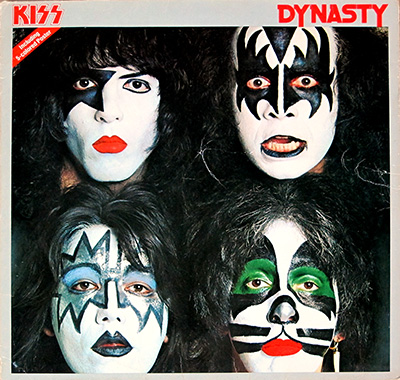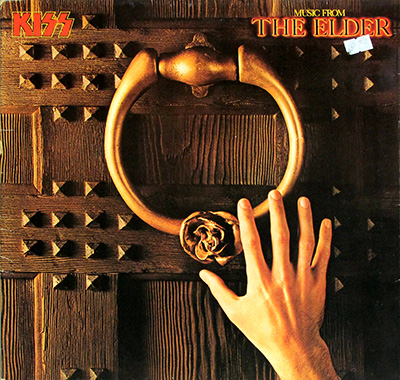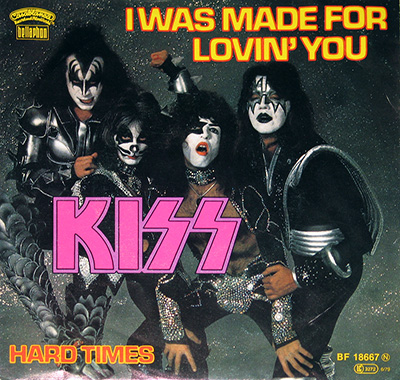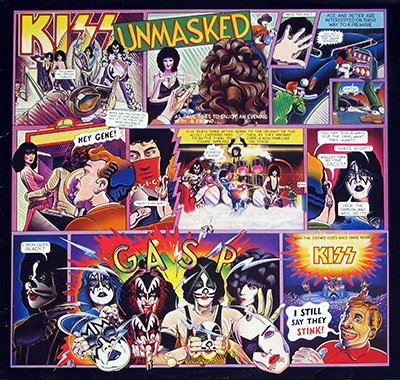KISS – “Dressed to Kill” (1975): The Sound of Survival in Platform Boots
1975: America Between Glam and Grit
In early 1975, America stood on the fault line between the optimism of post-Woodstock youth and the coming exhaustion of the disco decade.
The Vietnam War had just wound down, the Watergate hangover still lingered, and inflation gnawed at household budgets.
Yet, in the midst of political malaise, music was roaring with life.
FM radio was ruled by Led Zeppelin, Aerosmith, and Alice Cooper, while in the clubs of New York and Detroit, glitter and danger shared the same stage lights.
KISS emerged from this chaos like comic book heroes set to a Marshall stack soundtrack—part vaudeville, part vengeance.
The Hard Rock Arena of 1975
“Dressed to Kill” sits at the crossroads of American hard rock’s transformation.
The genre had evolved from the heavy blues of the late sixties into something sharper, flashier, and radio-ready.
Bands such as Blue Öyster Cult, Aerosmith, and Montrose were carving their identities through showmanship and riffs that hit like steel beams.
Across the Atlantic, British acts like Thin Lizzy and UFO were refining melodic hard rock for stadiums.
Within this energetic mêlée, KISS brought a new theatrical dimension—masking ordinary men behind mythic personas that blurred fantasy and commerce.
Their music was muscular yet accessible, their image outrageous yet curiously disciplined.
The Music: From Raw Fire to Street-Smart Hooks
“Dressed to Kill” condensed KISS’s ferocity into leaner, punchier songs.
Clocking in at under thirty-five minutes, it’s an album with no filler—just a barrage of riffs, anthemic choruses, and Gene Simmons’ swaggering bass lines.
Tracks like “Room Service” and “C’mon and Love Me” strut with streetwise confidence, while “Rock and Roll All Nite” crystallized the band’s creed in three glorious minutes.
Beneath the makeup and spectacle, these were efficient pop structures disguised in heavy boots—three-chord manifestos of ambition and excess.
The album also nods to the band’s pre-fame roots: songs such as “She” and “Love Her All I Can” were resurrected from their Wicked Lester days, now rebuilt with firepower and attitude.
Casablanca Records on the Brink
Behind the scenes, the creation of “Dressed to Kill” was less a triumph of luxury than an act of economic survival.
Casablanca Records, led by the indefatigable Neil Bogart, was teetering on financial collapse.
The label had poured enormous sums into lavish promotional campaigns and theatrical projects with little immediate return.
With no budget for an outside producer, Bogart himself stepped in, guiding the sessions alongside the band themselves, reflecting urgency rather than opulence.
Recorded quickly at Electric Lady Studios, the album’s clean, straightforward sound reflected both necessity and focus—every dollar and every minute counted.
Ironically, this stripped-down approach gave the record a clarity and punch that helped it cut through FM static like a blade.
Controversy and Commercial Reinvention
When “Dressed to Kill” hit the shelves on March 19, 1975, its cover immediately caused a stir.
The image of KISS in business suits—borrowed from their manager Bill Aucoin, with Peter Criss being the only member who actually owned his own suit—juxtaposed their comic-book personas with corporate satire.
Critics accused them of selling out, while fans saw it as pure parody: rock’s freaks dressed as executives to conquer the boardroom.
Musically, too, the album divided opinions.
Purists called it too polished; others hailed it as a statement of focus from a band no longer content to lurk in the underground.
The song “Rock and Roll All Nite” became both lightning rod and anthem, celebrated for its defiant hedonism and condemned by moralists as emblematic of youth’s excess.
Yet, despite its now-iconic status, the studio version of “Rock and Roll All Nite” only charted modestly upon release—its transformation into a global anthem came months later with the live version on “Alive!”, which captured the band’s explosive stage power and catapulted them into superstardom.
The Sound of a Band Becoming a Brand
“Dressed to Kill” marked the end of KISS’s first act—the struggling bar band with a gimmick—and the birth of the larger-than-life rock empire that would dominate arenas.
It was both a creative pivot and a financial gamble, one that paved the way for the explosive live album “Alive!” just months later.
The record stands today not just as a set of songs, but as a snapshot of ambition under duress: four men in borrowed suits, playing like their label—and their dreams—depended on it.
In truth, they did.

